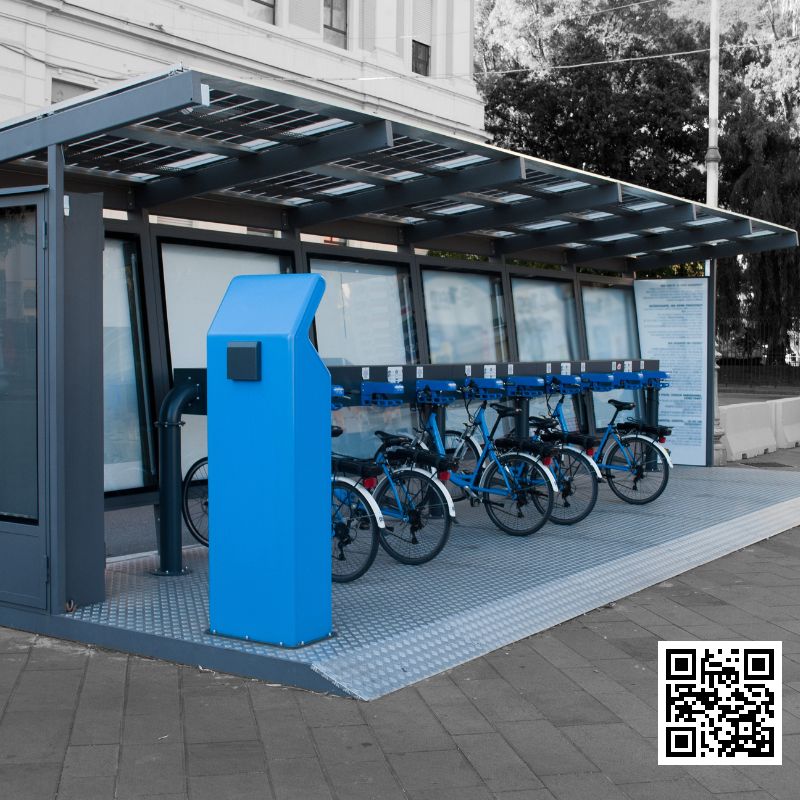Electric bikes, or E-Bikes, are a cutting-edge mode of mobility. While peddling it like a bicycle, it is powered by a lithium-ion battery. Therefore, it provides assistance while you pedal, which is especially useful for people with lower body issues including back pain, weak legs, or knee pain. And, no added pollution like from mopeds or scooters. The E-Bike, first appeared in the 90s, is currently booming in sales.
Several varieties of E-Bikes are available and they can traverse most any surface. The most popular model only provides a modest electric push to the peddler to help them go around deviations in terrain. The next type of pedal assist is slightly more powerful, capable of boosting speed up to 28 mph. Throttle E-Bikes are yet another variety and are frequently used by messengers. It’s possible to reach speeds of up to 20 mph only by twisting the throttle, eliminating the necessity to pedal at all.
The electronic bike’s digital interface facilitates data collection for several applications. This exemplifies the motorcycles’ practicality and utility. Using this data, we learned that 20% of these bikes in New York City make up 35% of total bike usage. It also reveals that around 63% of all interborough bike trips are taken on electric bikes.
The E-Bikes Effects on Commuting
Studies show that drivers in the United States waste an average of 99 hours a year sitting in traffic. This figure is considerably greater in Europe. The amount of time wasted ranged from 130 to 150 hours in London, Paris, and Brussels. How do e-bikes affect this?
Many commuters feel better about making the switch to E-Bikes as any form of alternative transportation decreases the number of cars on the road. This not only means less time spent commuting, but also that commuters can enjoy some physical activity and a less stressful commute. There’s a lot of downtime to take in the sights, which has been shown to promote mental health and lower stress levels.
Commuters in nations such as Britain and France receive tax rebates for choosing alternative modes of transportation. As a result, the demand for electric bikes in the United Kingdom has increased by 70 percent.
Most excursions in cities are fewer than six miles long making E-Bikes a practical mode of transportation. It will reduce traffic congestion while decreasing urban areas’ carbon impact. They can also help commuters save money by saving on gas.
Drawbacks of E-Bikes
The price tag is one of the disadvantages of purchasing an electric bicycle. The price range is between $1,000 and $10,000. Most are fairly awkward and heavier than an average bicycle. They are not qualified for commuter tax benefits in the United States. That drawback, though, may be transformed into an advantage if Congress were to adopt Europe’s approach.
A shortage of secure places where one can keep their E-Bike while at work is another drawback. Less motivation exists for using it if one cannot feel secure leaving such an expensive item.
Riding an electric bike may not always be practical. You wouldn’t use one to transport your kids to and from school or for performing grocery shopping. The distance you may go on a single charge will also be restricted. It’s not something you’d want to do on a date. You shouldn’t venture out when the weather is poor. However, if you live in a progressive urban setting where government encourages energy saving programs, it is something to think about.
We are available for contact regarding this page (or anything related to this Community Information System). See How by CLICKING HERE!


Leave a Reply
You must be logged in to post a comment.